As the world continues trudging on through the pandemic, tensions continue to rise. The distrust in the air is more tangible than ever, aimed at groups such as politicians, scientists, Big Tech, mainstream media, the Illuminati, The Man, and many more.
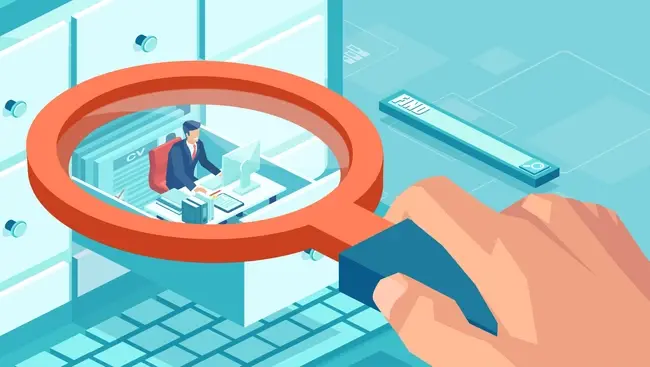
Distrust has also, in some cases, seeped into businesses. Amid the pandemic, as offices closed doors and dining tables became desks, companies needed to find new ways to check in with their staff.
In turn, many businesses jumped on the employee monitoring software bandwagon, a market which has experienced exponential growth since the pandemic’s beginnings. Typical offerings track the hours worked by individual employees, while gathering data on their internet usage, productivity, and performance.
However, some software goes as far as to take screenshots or record videos of the screen. Other offerings even take pictures through the webcam. These features have been the subject of controversy and uproar as concerns surrounding privacy and GDPR are triggered.
Overall, the general consensus is that the implementation of these software is symptomatic of a boss that doesn’t trust their employees. In some cases, yes, this may well be the case – but if you have a boss that micromanages, is profoundly paranoid, and threatens you with the analytics of their employee monitoring software, is it the product that is the problem, or is it the boss?
With insecure leaders spearheading their own ideas of employee monitoring software, it’s giving products in this arena a bad name.
Not all employee monitoring software is about catching staff out. Rather, myriad offerings are available that are created with an employee-first mentality, rather than a boss-first, which during a pandemic, is more relevant than ever.
Chris Potts, Marketing Director at ANT Telecom, shared a particularly meaningful use case for monitoring software:
In an office-based environment, companies would know if employees didn't turn up by their usual start time so someone would take notice and raise the alarm. But, with many employees now working from home, how would anyone know? Though perhaps employees may say they're in touch with colleagues daily, how long would it take for you to raise the alarm if communication stopped? Minutes? Hours? In some cases it could be days. The checks that we once took for granted to ensure peoples' safety are no longer in place – what do we now do to replace them?
When the onus is placed on managers and supervisors to continually monitor employees, it can become a burden and a distraction from their usual role. And when people are busy, this is one of the first manual processes to fall by the wayside. An automated solution is far more effective and can incorporate all home workers, one that clearly shows that workers have at least started and ended their day safely. That way, if someone didn't check-in in the morning, a process could start immediately at 9am to find out what's happened, rather than waiting until a member of the family returns that evening or relying on someone internally raising the alarm.
Similarly, if someone fails to log out at the end of the day, an alarm can be triggered. But some organisations or users may feel more comfortable with more regular check ins. An app-based solution enables the user to have more regular check-ins via a method that's easy to use and not onerous on anyone. Moreover, with functionality that allows the user to quickly trigger an alert themselves in the event of an emergency, or automatically should they be rendered unconscious, all the lone worker risk bases are covered.
Some groups, especially those that feel vulnerable, e.g. staff that are pregnant, more elderly, have difficulty walking or have an existing health condition like diabetes or heart trouble would welcome a more robust process to ensure their safety. Now that businesses have got used to a new way of working, employers need to make sure that those working from home are doing so safely and processes are in place to protect workers should any incidents occur.
Of course, the pandemic has indeed made a compelling case for monitoring, but perhaps the most appropriate use case is for contact tracing. So, as companies try to navigate through monitoring sensitively, what considerations should they be keeping in mind? Simon Hayward, VP EMEA at Domo, shared his thoughts:
"There are many advanced employee monitoring systems being developed as we speak for employer-led contact tracing, including recognition, thermal cameras, geo-fenced tracking systems in lanyards or apps, and more. Each of these technological innovations brings increased complexity, and though some organisations will certainly take advantage of these systems, they’re not necessary for everyone.
Enterprise leaders will have to make a determination around the system that makes the most sense for their employees, from the most basic to the most digitally-forward. While there’s no ‘one size fits all’ blueprint, striking the delicate balance between privacy and employee safety will be crucial to success.
In our experience, the most critical aspects to consider when deploying employee monitoring software such as contact tracing systems are:
-
The health and safety of your employees as a result of the measures you take, and the trust you build with them by taking a transparent approach to new procedures.
-
The processes are clear and action plans are well-understood, including protocols to follow should any incidents arise.
-
Understanding the availability of advanced data-driven technology that can help ease the burden and improve the employee experience.
-
Ensure that the data collected is integrated to give business leaders a full picture of software effectiveness and that this data remains strictly governed and secure.”
Employee software monitoring rings true of the idea that technology is not ‘bad’ necessarily; rather, some might just choose to use it in the wrong way. Unfortunately for some teams, employee monitoring software is just another extension of their boss’s paranoia. However, during a time where, despite distancing, the world has come together more than ever, knowing someone is looking out for you is indeed very welcome.



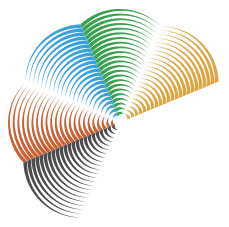
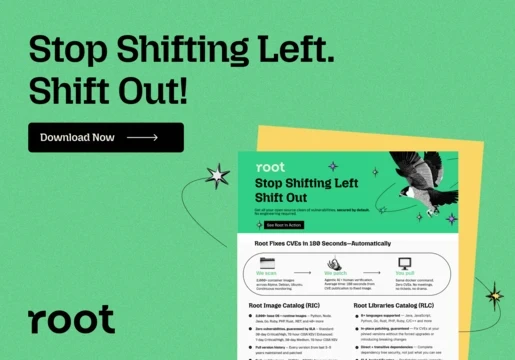
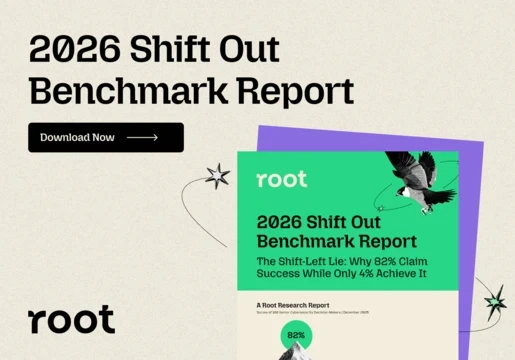
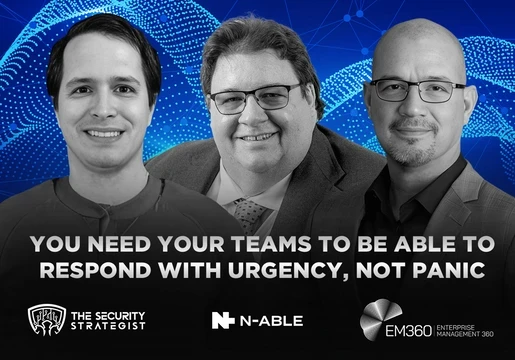
Comments ( 0 )